Drug addiction has become over the last few years as one of the main social problems that takes a countless number of individuals year after year, especially artists and celebrities are the main affected by this problem as the very young deceased Amy Winehouse, British soul diva who was a victim of this social problem at the age of 27. As a result of this, a lot of opinions have been popularized about how to treat talented and troubled people who fall deeply into drug dependence. Although one thing should not be overlooked: Amy Winehouse had a drug problem and could not get out of it. And so, at a very young age, she became one more victim of the club of famous drug addicts.

The treatment of drug addiction is not simple, cheap and does not offer lifelong solutions. The human body, composed of its biology and psychology, is responsible for revealing how it will react to addiction and dependence, and we cannot forget that the problems resulting from drug use are often very complex. Amidst the options available, treatments with potent psychedelic substances suggest another potentially effective line of treatment for drug problems. The term psychedelic, meaning “manifestation of the soul,” was coined in 1957 by psychiatrist Humphry Osmond. These psychedelics include LSD, peyote, ayahuasca, iboga and other plant or fungal drugs, such as psilocybin mushrooms. Strange as it may seem at first glance, a lot of work is being done in this field.
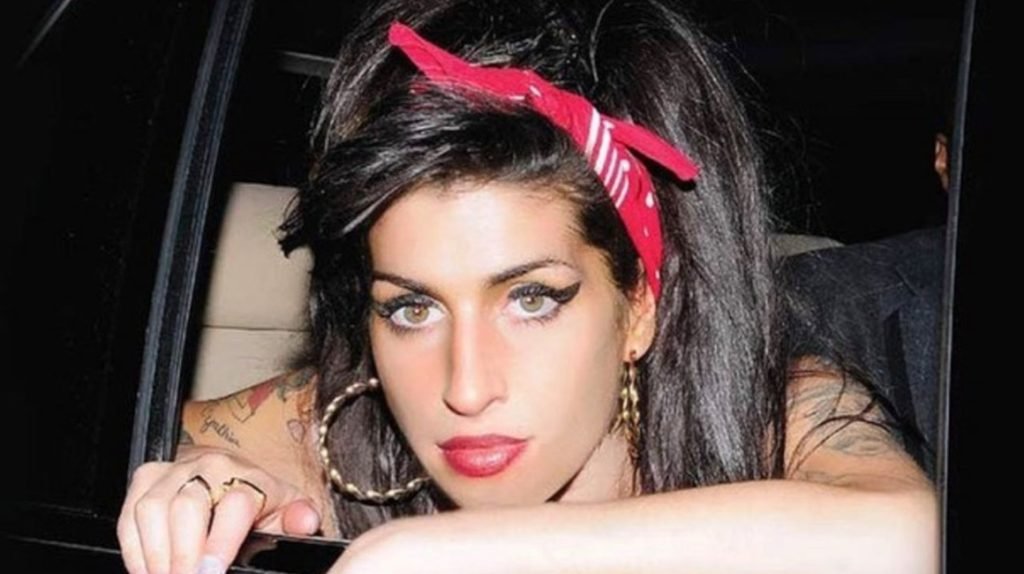
One agent of change for those struggling with drug addiction is ayahuasca, a brew made in the Amazon. An infusion made from a vine (Banisteriopsis caapi) and a leaf (Psychotria viridis) containing the potent psychedelic compound DMT, ayahuasca produces visions and is used to treat illnesses of the body, mind and spirit. Over the past few years, ayahuasca has seen significant growth in popularity in the press and on television for its unusual healing properties, including the ability to stop drug addiction. A large Christian church based in Brazil, Santo Daime, holds ceremonies around the world using ayahuasca as a sacrament for direct experience of the spirit. Santo Daime claims to have achieved thousands of successes with people who have been completely freed from drug addiction through the consumption of the psychoactive ayahuasca concoction. Many of those who previously struggled with tobacco, alcohol, cocaine, heroin, methamphetamine and other dangerous drugs have been able to free themselves from their addictions. As well, as a result, thousands of people from all over the world are making pilgrimages to the Amazon to drink ayahuasca with shamans and be cured of a wide range of physical and mental disorders that are not solved by traditional medicine. At the moment, people are not waiting for the green light from any health agency.
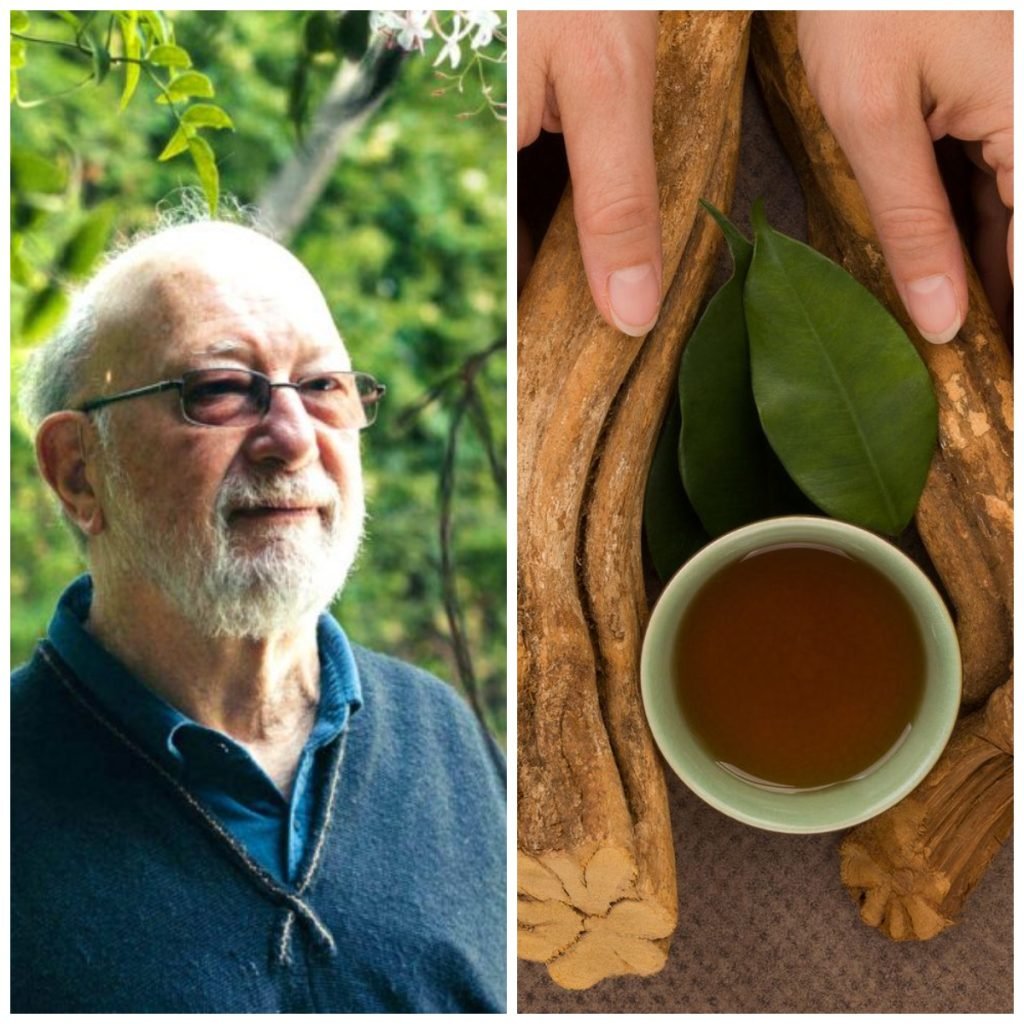
According to Dr. Dennis McKenna and other ayahuasca and brain chemistry researchers, the infusion appears to normalize levels of critical brain chemicals such as dopamine. This compound is responsible for regulating the experience of satisfaction, and is reduced in cases of drug addiction, dependence and substance abuse. Within these native ceremonies and in ecclesiastical settings, ayahuasca appears to produce rapid changes in many cases. Although it is not fully understood how ayahuasca helps some people overcome addictions, the volume of people claiming success with addiction or dependence points to something worth knowing much more about where to expand in the field of research.
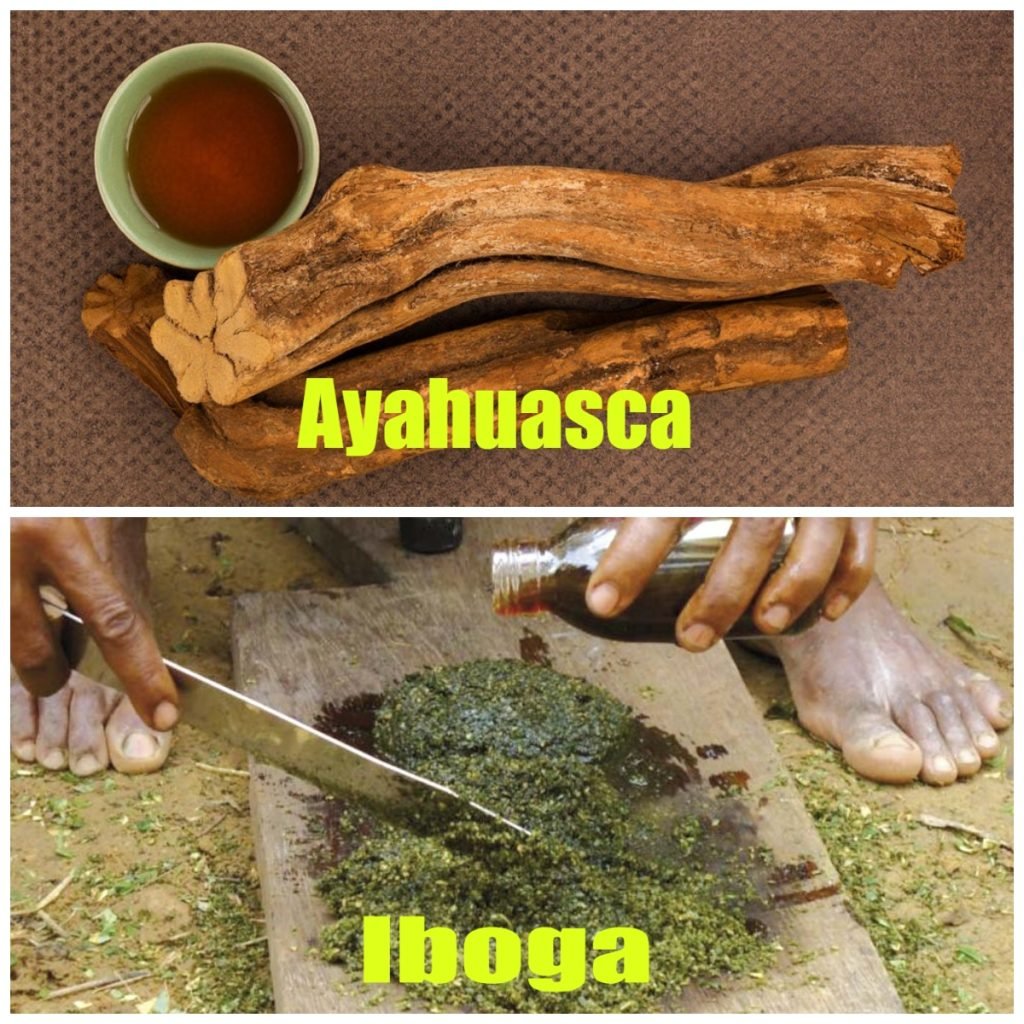
Like Ayahuasca, another psychedelic plant that is gaining attention for addiction treatment is the plant found in West Africa known as iboga (Tabernanthe iboga) and its main alkaloid, ibogaine. A clandestine industry for addiction treatment based on ibogaine exists worldwide, due to the supposedly remarkable efficacy of ibogaine use. In Gabon, where iboga is used ceremonially, the act lasts 24 hours. Typically, participants experience visions, deep thoughts and a general feeling of renewal and restoration. Iboga is said to “reset” brain chemicals and eliminate biological and mental inclinations to abuse a particular substance.
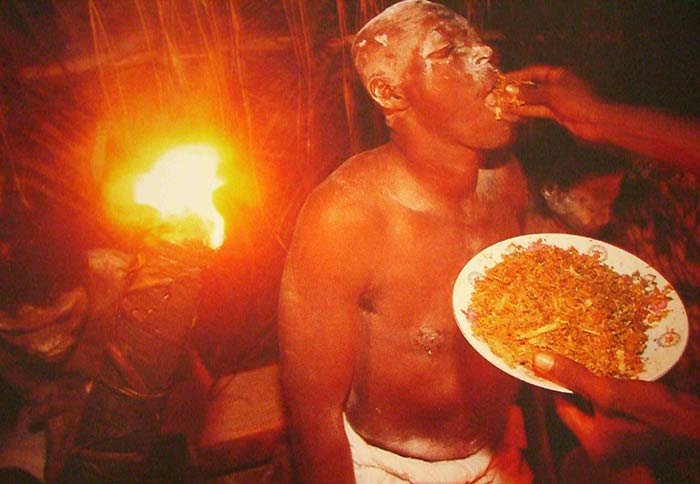
Although most people will not travel to Gabon or the Congo to participate in a traditional iboga ceremony, they can and do find treatment centers and meetings where the active compound ibogaine can be used. Ibogaine enjoys a large body of research for its anti-addiction benefits, and the compound is also the subject of at least four patents for addiction treatment. The FDA has approved at least one study on addiction and treatment with ibogaine, and the National Institute on Drug Abuse is currently considering multidisciplinary studies on ibogaine focused on addiction treatment.
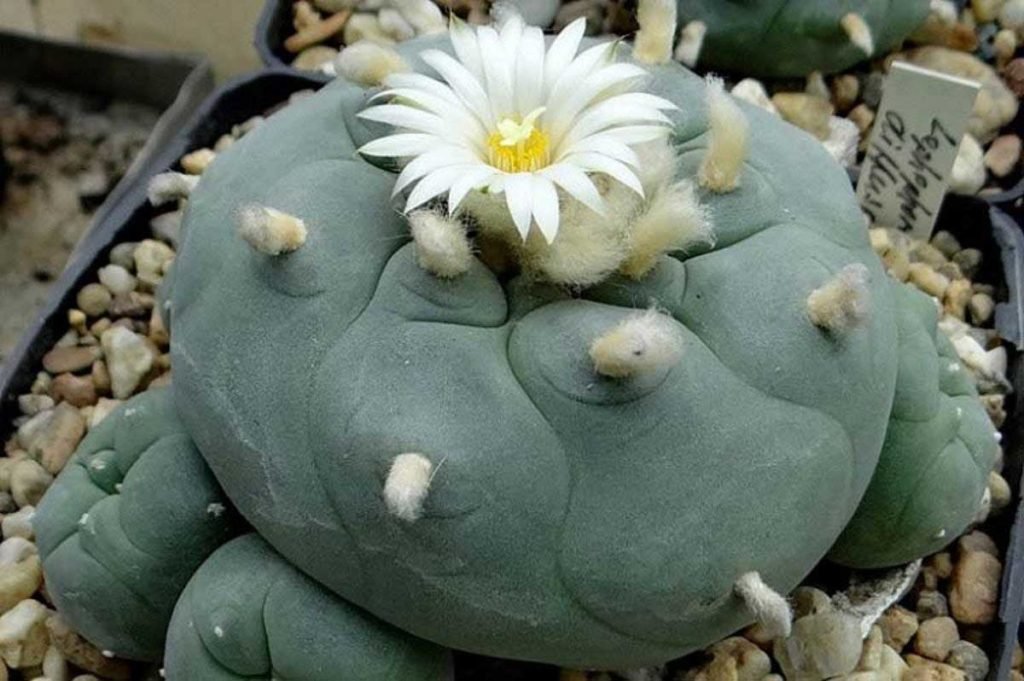
Similarly, peyote cactus also shows promise for the treatment of drug addiction problems. The Native American Church uses and dispenses peyote in its legally sanctioned religious ceremonies throughout the United States. Many people have used these ceremonies to treat drug addiction and drug dependence, and reports of cures are too numerous to ignore.

It should be emphasized that this article has not been written with the purpose of inciting you to venture into the use of psychedelics. But the careful and judicious use, based on rigorous and scientifically based studies, of some psychoactive plants for the treatment of drug-related problems is unquestionably promising and an area of knowledge that should become much more widespread in recent years. Combined with other lifestyle approaches, such as counseling, detoxification, diet and exercise, psychedelic drugs may come to occupy a prominent place in the full range of alternatives for the treatment of addictions.





